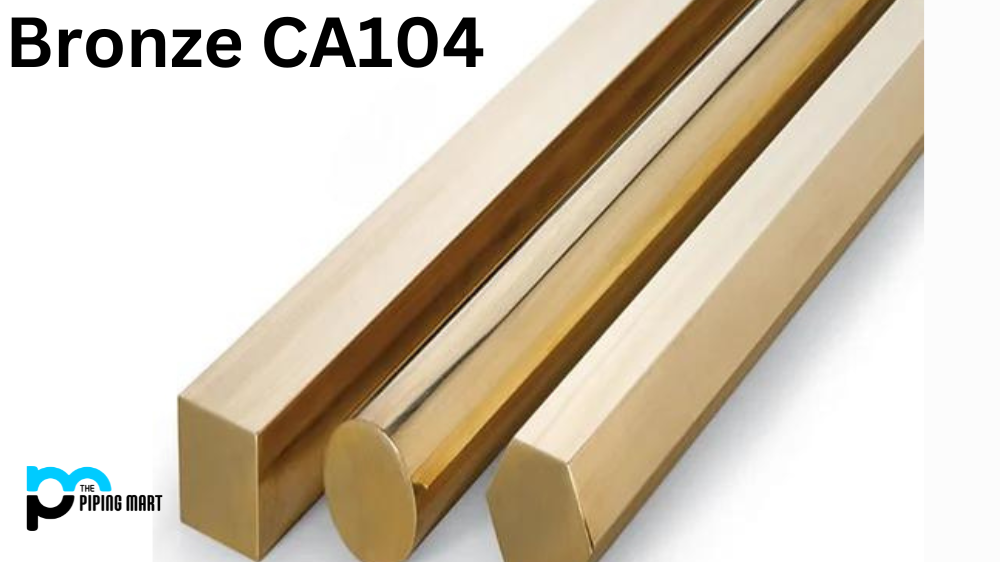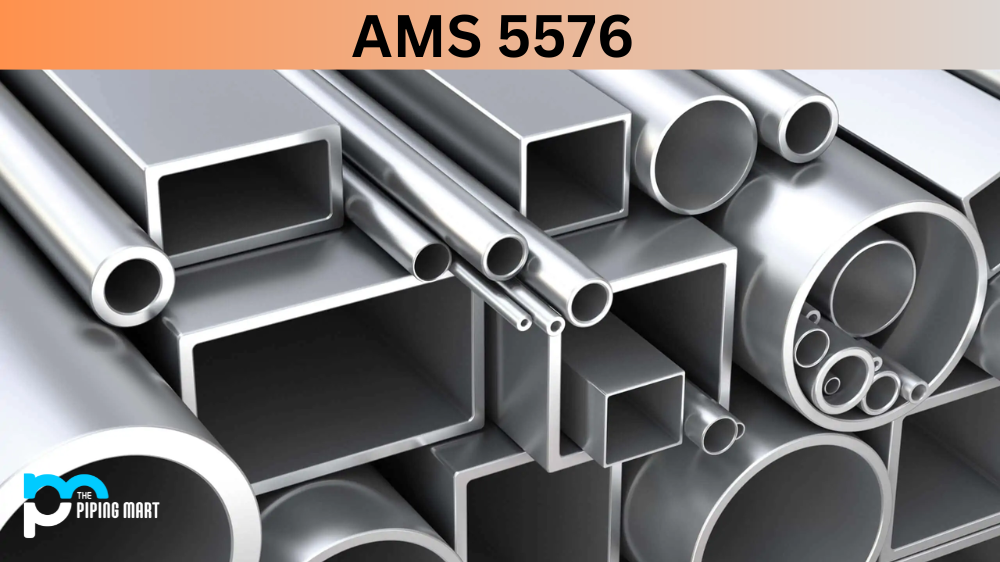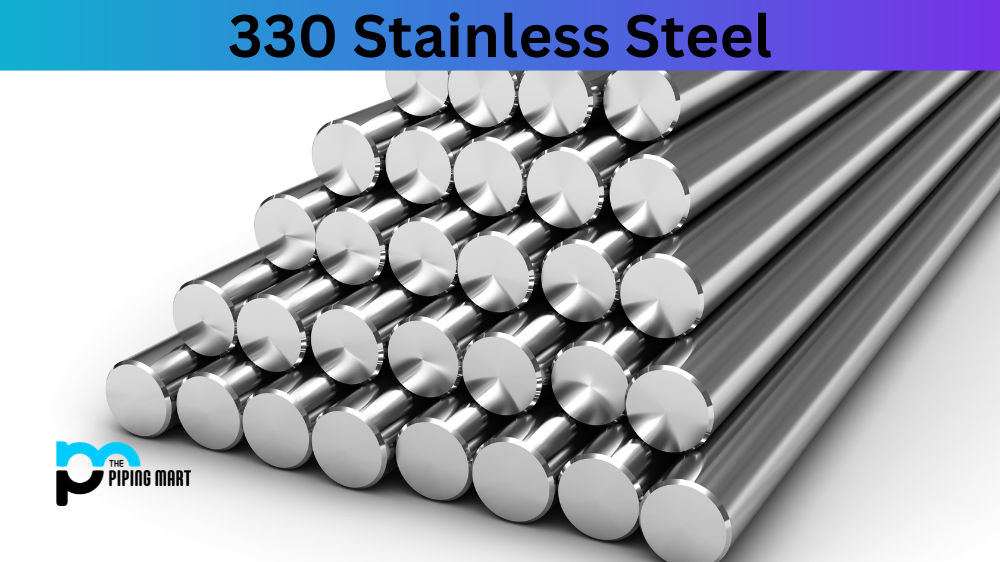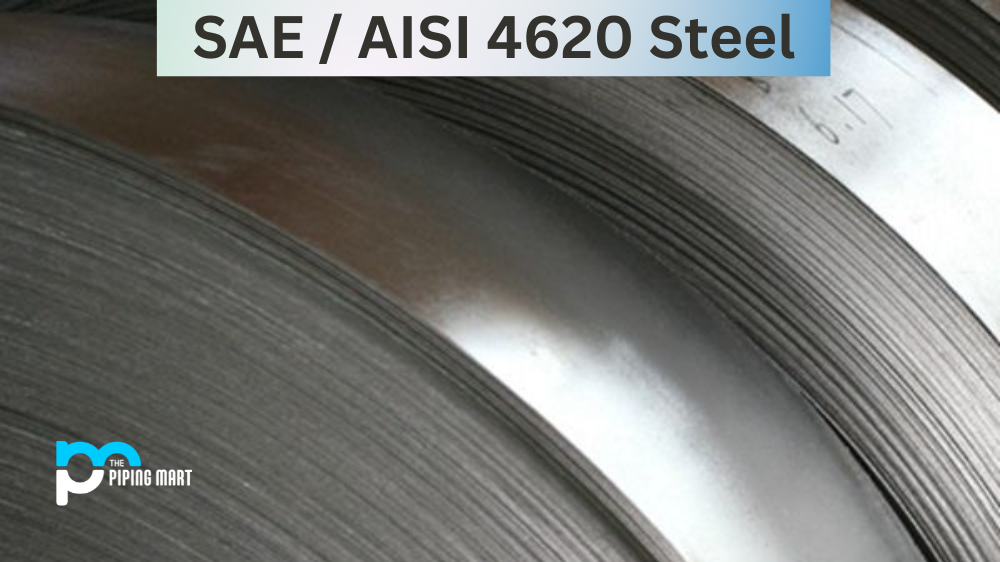What exactly is bronze CA104, and what distinguishes it from other bronze alloys? This blog post will explore the composition, mechanical and physical properties, corrosion resistance, heat treatment, machining, and welding capabilities of bronze CA104.
What is Bronze CA104?
Bronze CA104 is a copper-based alloy widely used in different industries due to its exceptional combination of mechanical and physical properties. It is an excellent material for manufacturing machine parts, bearings, and gears.
CA104 Composition
Bronze CA104 is a phosphor bronze alloy, which means it contains copper, phosphorus, and tin. Typically, the composition of bronze CA104 ranges from 5.5-7.5% tin, 0.01-0.35% phosphorus, and the remaining percentage is copper. The addition of tin improves the strength, wear, and corrosion resistance of bronze CA104, while the phosphorus increases its machinability. This composition makes bronze CA104 ideal for manufacturing parts that require high strength, wear resistance, and good machinability.
|
% |
CA104 |
|
Iron (Fe) |
3.00 – 5.00 |
|
Aluminum (Al) |
8.50 – 11.00 |
|
Manganese (Mn) |
0.0 – 1.00 |
|
Nickel (Ni) |
4.00 – 6.00 |
| Lead (Pb) | 0.0 – 0.05 |
| Others (Total) | 0.0 – 0.20 |
| Silicon (Si) | 0.0 – 0.20 |
| Tin (Sn) | 0.0 – 0.10 |
| Zinc (Zn) | 0.0 – 0.40 |
|
Copper (Cu) |
Balance |
CA104 Mechanical Properties
Bronze CA104 exhibits excellent mechanical properties, making it a popular material for manufacturing bearings, gears, and machine parts. The ultimate tensile strength of bronze CA104 ranges from 900-1000 MPa, and its yield strength is 500-550 MPa. It has a high hardness rating of 220-260 BHN and a low coefficient of friction, making it suitable for applications that require a low wear rate and high load-bearing capacity. Additionally, it has excellent fatigue and impact resistance properties.
|
Grade |
CA104 |
|
Tensile Strength |
680 – 740 Min MPa |
|
Proof Stress |
320 – 400 Min MPa |
|
Elongation A |
8-10 Min % |
|
Hardness Brinell |
170 – 210 HB |
Bronze CA104 Physical Properties
Besides its remarkable mechanical properties, bronze CA104 has excellent physical properties that make it ideal for industrial applications. Its density is 8.94 g/cm³, and its thermal conductivity is 58.9 W/m.K. The coefficient of thermal expansion of bronze CA104 is 1.6 x 10^-5/K, with a specific heat capacity of 0.38 J/g.K. These properties make bronze CA104 an excellent material for manufacturing parts that require good thermal conductivity and low thermal expansion.
|
Property |
Value |
|
Density |
7.58 kg/m3 |
|
Melting Point |
1035 °C |
|
Modulus of Elasticity |
115 GPa |
|
Thermal Conductivity |
37.7 W/m.K |
CA104 Equivalents
|
CEN |
BS |
UNS |
|
CW307G |
CA104 |
C63200 |
Bronze CA104 Uses
Bronze CA104 finds numerous applications thanks to its remarkable combination of mechanical and physical properties. It is commonly used to manufacture gears, bearings, bushings, and other machine parts that require high strength, wear resistance, and low coefficient of friction. Due to their high corrosion resistance and excellent finishing properties, small statues and ornaments are also made from bronze CA104. Also, due to its low electrical conductivity, bronze CA104 has been used in electrical components and connectors.
Bronze CA104 Corrosion Resistance
Bronze CA104 exhibits excellent corrosion resistance, particularly in marine environments. The addition of tin to the alloy improves its resistance to seawater, making it suitable for manufacturing marine equipment and parts exposed to saltwater environments. It is also resistant to other harsh chemicals, such as acids and alkalis, making it an ideal material for the chemical industry.
Bronze CA104 Heat Treatment
Bronze CA104 is a non-heat-treatable alloy, so heat treatment cannot harden it. However, it can be work-hardened, improving its strength and wear resistance. Also, bronze CA104 can be annealed, which softens the material, making it easier to machine.
Bronze CA104 Machining
Bronze CA104 is renowned for its excellent machinability, thanks to the addition of phosphorus in the alloy. It can be machined to close tolerances and produces fine chips, resulting in a better surface finish. However, care should be taken to avoid overheating during machining, as this can reduce the material’s strength and wear resistance.
Bronze CA104 Welding
Bronze CA104 can be welded using different welding methods, such as gas tungsten arc welding (GTAW), gas metal arc welding (GMAW), and oxy-fuel welding (OFW). However, it should be noted that the welding process can affect the material’s properties, particularly its strength, wear resistance, and corrosion resistance. To minimize these effects, welding should be done using proper techniques and with a suitable filler material.
Conclusion
Bronze CA104 is a copper-based alloy with exceptional mechanical and physical properties, making it suitable for numerous industrial applications. Its high strength, wear resistance, and low coefficient of friction make it ideal for manufacturing machine parts, bearings, and gears. It’s corrosion resistance and excellent finishing properties make it a perfect material for small statues and ornaments. With its superb machinability, welding capabilities, and resistance to different chemicals, bronze CA104 is an excellent choice for various industrial and commercial applications.

Abhishek is a seasoned blogger and industry expert, sharing his insights and knowledge on various topics. With his research, Abhishek offers valuable insights and tips for professionals and enthusiasts. Follow him for expert advice on the latest trends and developments in the metal industry.




